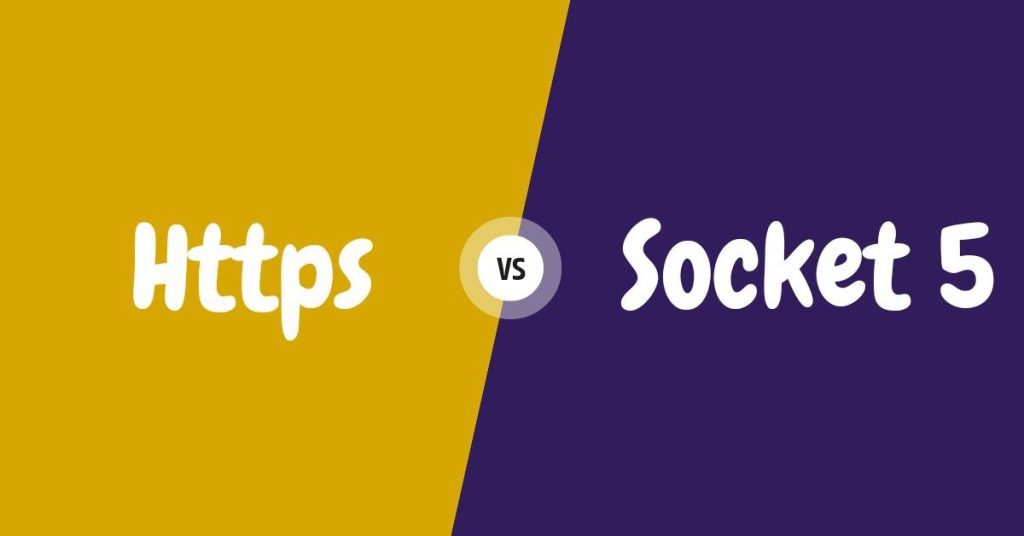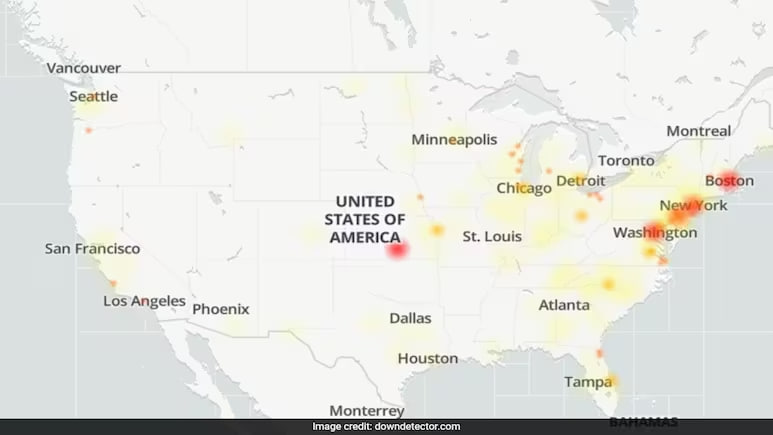In the realm of internet privacy and security, proxies play a crucial role in safeguarding online activities and protecting sensitive information from prying eyes. Among the various types of proxies, Socks5 and HTTPS proxies are widely used for their distinct features and capabilities. In this guide, we’ll delve into the differences between Socks5 and HTTPS proxies and explore which option might be best suited for your needs.
What is Socks5 Proxy?
Socks5 is a protocol that facilitates the transfer of data between a client and a server through a proxy server. Unlike its predecessors, Socks5 supports various authentication methods and offers enhanced performance and flexibility. Socks5 proxies can handle different types of traffic, including TCP and UDP, making them ideal for a wide range of applications such as web browsing, torrenting, and online gaming.
Key features of Socks5 Proxy:
- Versatility: Socks5 proxies support a wide array of protocols and applications, offering seamless compatibility with different software and devices.
- UDP Support: Unlike Socks4, Socks5 proxies can handle UDP traffic, making them suitable for real-time communication and multimedia streaming.
- Authentication: Socks5 proxies support various authentication methods, including username/password authentication and IP-based authentication, enhancing security and access control.
What is HTTPS Proxy?
HTTPS proxy, also known as HTTP Secure proxy, operates at the application layer of the OSI model and provides secure communication between clients and servers over the HTTP protocol. HTTPS proxies encrypt traffic using SSL/TLS protocols, ensuring confidentiality and integrity of data transmitted over the network. HTTPS proxies are commonly used to secure web browsing sessions, encrypting HTTP traffic and protecting sensitive information from interception and eavesdropping.
Key features of HTTPS Proxy:
- Encryption: HTTPS proxies encrypt traffic using SSL/TLS protocols, providing an additional layer of security against malicious actors and unauthorized interception.
- Web Compatibility: HTTPS proxies are well-suited for web browsing and HTTP-based applications, offering seamless integration with web browsers and web-based services.
- Content Filtering: HTTPS proxies can be configured to filter and block malicious websites, phishing attempts, and unwanted content, enhancing network security and user safety.
Choosing the Best Option
The choice between Socks5 and HTTPS proxies depends on your specific requirements and use cases:
Socks5 Proxy
Ideal for applications requiring support for UDP traffic, such as torrenting, online gaming, and multimedia streaming. Socks5 proxies offer versatility and flexibility, making them suitable for a wide range of protocols and applications.
HTTPS Proxy
Well-suited for securing web browsing sessions and HTTP-based applications. HTTPS proxies encrypt traffic using SSL/TLS protocols, providing enhanced privacy and security for online activities such as browsing sensitive websites and accessing confidential information.
Both Socks5 and HTTPS proxies offer unique features and advantages, catering to different use cases and requirements. When choosing between the two, consider factors such as protocol compatibility, security requirements, and intended applications. Ultimately, the best option depends on your specific needs and preferences, whether you prioritize versatility, security, or compatibility with web-based services. By understanding the differences between Socks5 and HTTPS proxies, you can make an informed decision and choose the option that best aligns with your objectives and enhances your online privacy and security.






